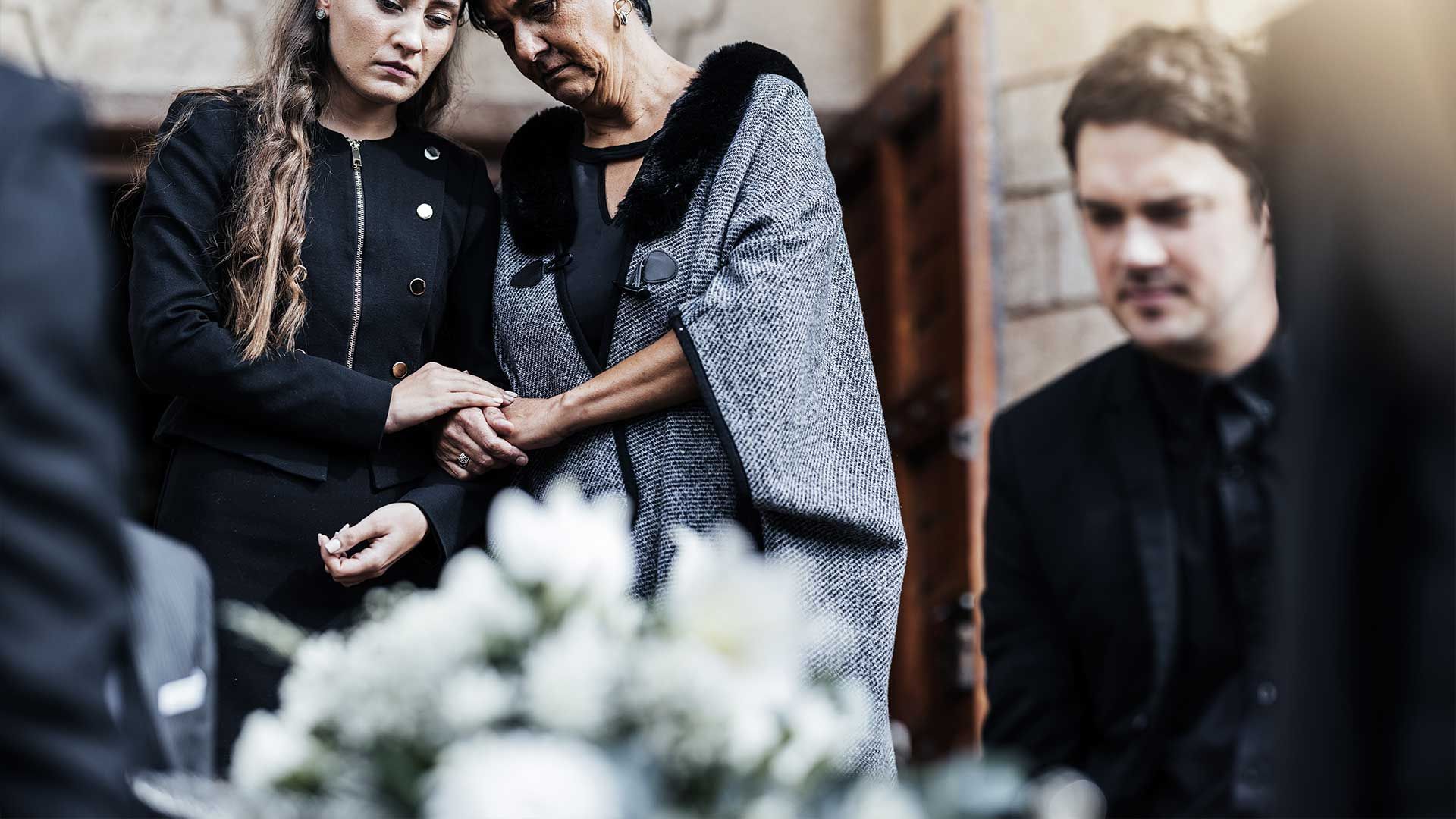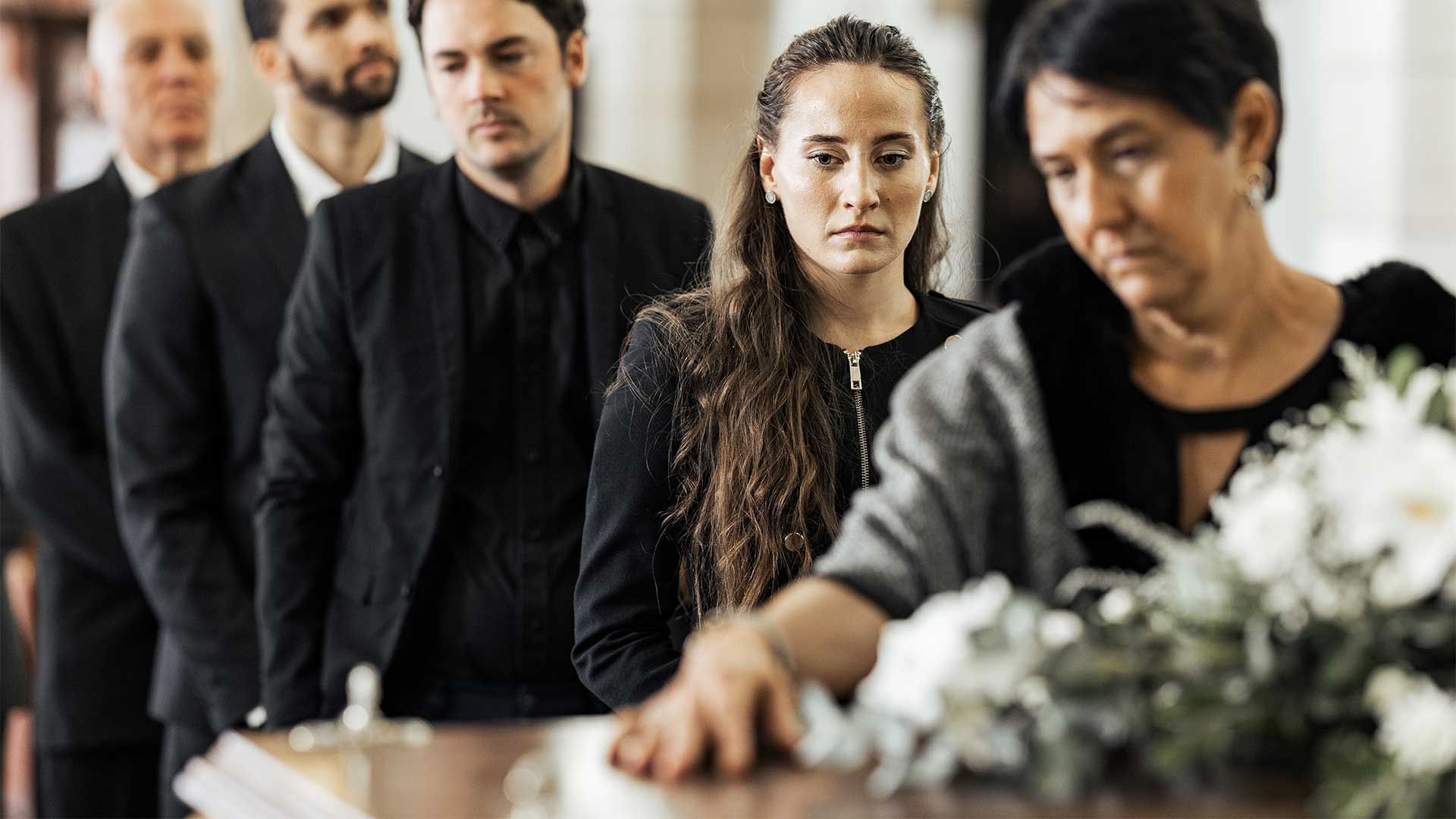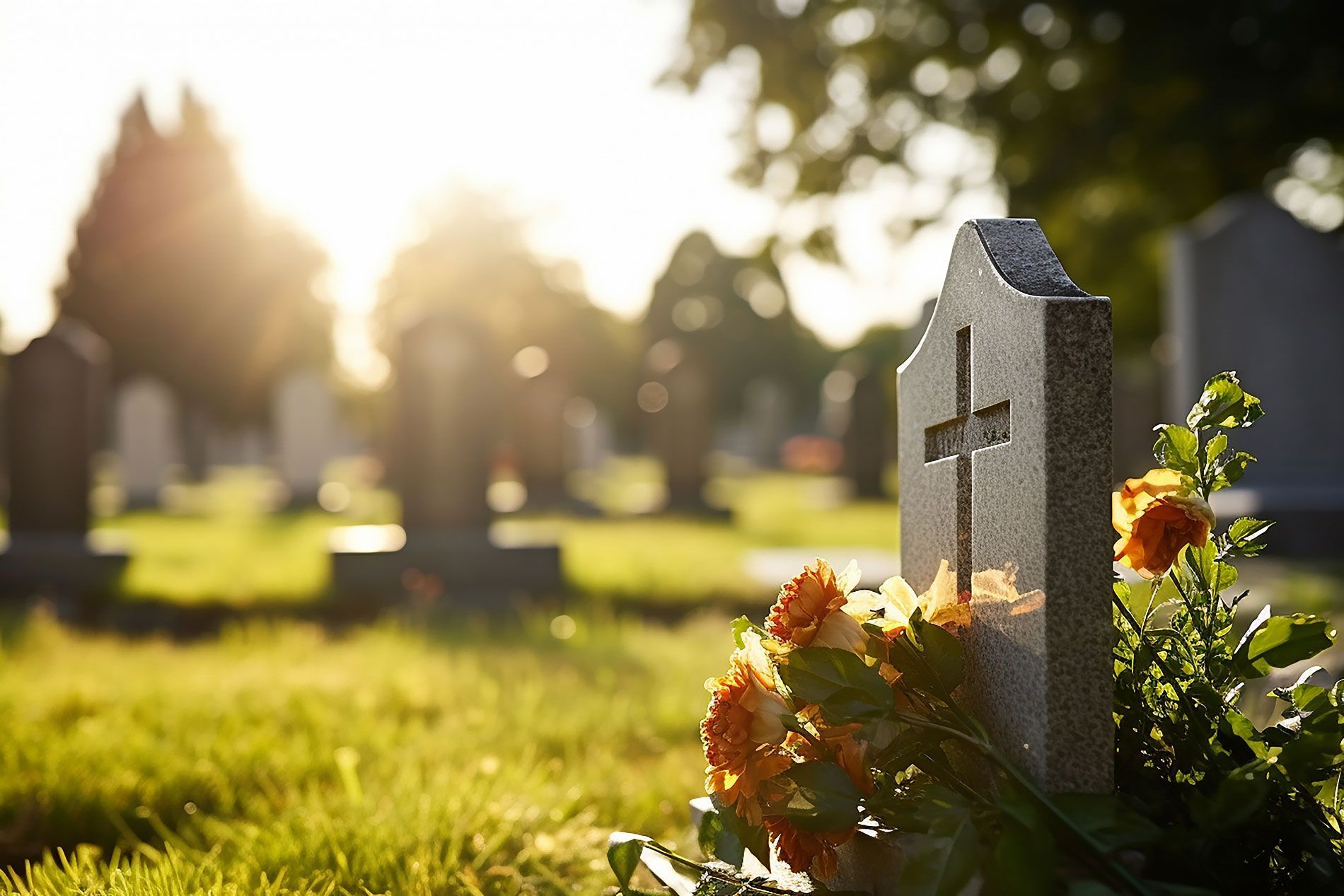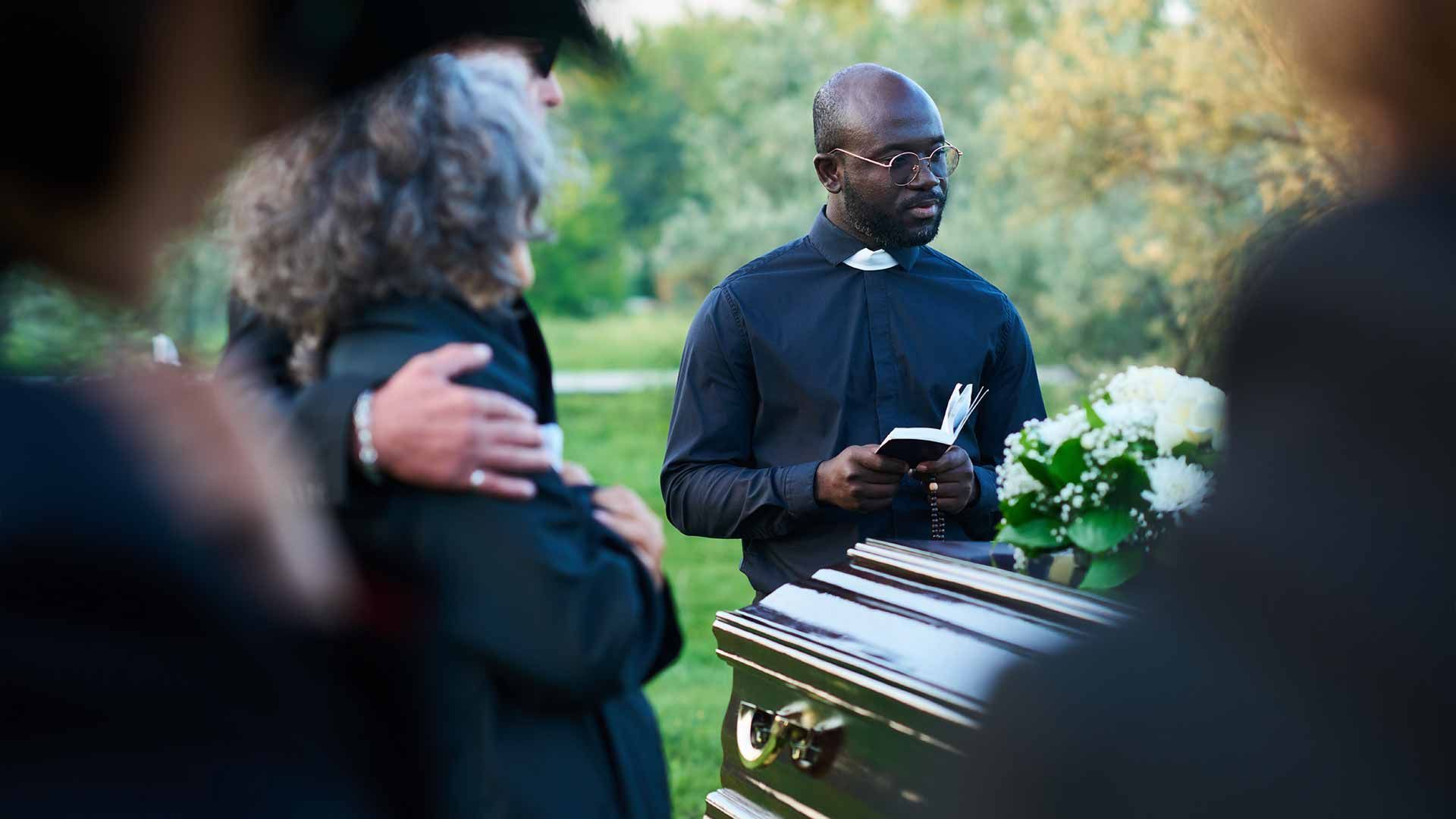Decoding Funeral Expenses: How Much Does a Traditional Funeral Really Cost?
Understanding funeral expenses is crucial for individuals and families facing the difficult task of arranging a traditional funeral. Not only does it allow for informed decision-making during a time of grief, but it also helps prevent unexpected financial burdens. This knowledge empowers individuals to plan effectively, ensuring that their loved one receives a meaningful farewell without unnecessary overspending. In this article, we delve into the intricacies of funeral costs, providing clarity on what constitutes a traditional funeral and breaking down the expenses involved. Our purpose is to equip readers with the information they need to navigate the often complex and emotionally charged process of funeral planning. Throughout the article, we will outline the various components of funeral expenses, discuss factors that influence costs, provide practical tips for managing expenses, and offer insights to help readers make informed decisions that honor their loved ones while respecting their budgetary constraints.
What Constitutes a Traditional Funeral?
A traditional funeral, steeped in cultural and historical traditions, serves as a ritualistic farewell to the deceased, providing closure for loved ones. Typically held within a few days of death, it follows a customary structure that varies depending on cultural and religious beliefs. Common components include a visitation or wake, where mourners pay their respects to the deceased and offer condolences to the family. This is often followed by a formal funeral ceremony, which may include religious rites, eulogies, and music. Afterward, the deceased is transported to their final resting place for burial or cremation.
Regional and cultural variations play a significant role in shaping the specifics of a traditional funeral. Practices regarding attire, rituals, and even the duration of mourning can differ widely between communities. Understanding these variations is essential for respecting cultural norms and ensuring that
funeral arrangements align with the wishes and beliefs of the deceased and their family.
Breakdown of Funeral Expenses
Funeral expenses encompass a wide range of fees and costs, each contributing to the overall expense of saying goodbye to a loved one. Funeral homes typically charge basic service fees, covering administrative tasks, coordination, and overhead costs. Additionally, the cost of caskets or burial containers can vary significantly, depending on materials, design, and craftsmanship.
Embalming, preparation of the body, and transportation are essential services provided by funeral homes, often incurring additional charges. Fees for the funeral ceremony and use of facilities, including rental of the chapel or reception hall, are also common components of funeral expenses.
Whether opting for burial or cremation, there are associated costs such as cemetery plots, grave markers, or urns. Furthermore, miscellaneous expenses like floral arrangements, obituary notices, and catering for post-funeral gatherings contribute to the final bill. Understanding these various expenses is crucial for planning and budgeting for a traditional funeral while ensuring that the final farewell honors the memory of the departed.
Factors Affecting Funeral Costs
Geographic location plays a significant role in determining funeral costs, as prices can vary widely based on local market factors and regional norms. Funeral home reputation and the quality of services offered also impact expenses, with renowned establishments often charging higher fees for their expertise and amenities.
Choices between burial and cremation present distinct cost considerations, as burial tends to involve higher expenses related to caskets, cemetery plots, and maintenance fees, while cremation offers a more affordable alternative.
Personal preferences and customization options can significantly influence costs, with tailored services, specialized caskets, or unique funeral arrangements potentially adding to the overall expense.
The timeframe and urgency of funeral arrangements can also affect costs, as last-minute services or expedited preparations may incur additional fees. Understanding these factors empowers individuals and families to make informed decisions that align with their budgetary constraints while honoring the memory of their loved one.
Case Studies and Examples
Real-life examples provide invaluable insights into the range of funeral costs that individuals may encounter. By showcasing diverse scenarios, such as simple and elaborate ceremonies, readers gain a realistic understanding of what to expect financially when planning a traditional funeral.
Comparisons between different regions or funeral service providers offer a broader perspective on how geographic location and market dynamics influence pricing. Contrasting costs between urban and rural areas or different states can highlight disparities and help readers gauge the relative affordability of funeral services.
Testimonials from individuals who have recently arranged traditional funerals offer firsthand accounts of their experiences, including challenges faced, decisions made, and reflections on the financial aspects of the process. These personal narratives provide relatable anecdotes and practical insights that readers can learn from and empathize with as they navigate their own funeral arrangements.
Tips for Managing Funeral Expenses
Pre-planning funeral arrangements offers numerous benefits, including the opportunity to make decisions calmly and thoughtfully, alleviate financial burdens for loved ones, and ensure one's final wishes are honored. By exploring pre-planning options, individuals can customize their funeral to reflect their preferences while locking in current prices, potentially saving money in the long run.
Negotiating with funeral homes can result in more affordable options, such as discounted packages or payment plans tailored to one's budget. Engaging in open communication and being willing to ask for discounts or alternative solutions can lead to significant cost savings.
Exploring alternatives to traditional funerals, such as eco-friendly options or direct cremation, presents opportunities to reduce expenses while still commemorating the life of the deceased in a meaningful way.
Seeking financial assistance or support programs can help alleviate financial strain, particularly for those facing hardship or unexpected expenses. Knowing where to turn for help and understanding available resources can provide much-needed relief during a challenging time.
Clear communication is essential when
discussing funeral arrangements, ensuring that all parties involved understand preferences, expectations, and financial constraints. By openly discussing wishes and concerns, families can avoid misunderstandings and make decisions that honor the memory of their loved one while respecting their budget.
What is the most expensive part of a funeral?
The most expensive part of a funeral often revolves around the funeral service itself, including the cost of the casket or burial container. Caskets can range in price from a few hundred dollars for basic models to several thousand dollars for more ornate options made from materials like hardwood or metal. Additionally, expenses associated with embalming, preparation of the body, and transportation can contribute significantly to the overall cost. Other factors that can drive up expenses include fees for funeral ceremonies, use of facilities, and cemetery plots. Ultimately, the total cost of a funeral depends on various factors such as location, funeral home pricing, and personal preferences. Understanding these costs and exploring different options can help individuals and families make informed decisions while honoring their loved one's memory within their budgetary constraints.
What is the cheapest funeral cost?
The cheapest funeral cost typically involves opting for direct cremation or immediate burial. Direct cremation is a straightforward option where the body is cremated shortly after death without embalming or funeral services. It often excludes traditional elements like visitation or ceremonies, making it more affordable compared to traditional funerals. Similarly, immediate burial involves burying the deceased promptly after death with minimal or no services.
The cost of a direct cremation or immediate burial can vary depending on factors such as location, funeral home pricing, and any additional services requested. In some cases, families may choose to handle arrangements themselves or forego services entirely, further reducing costs. While these options offer a more economical approach to saying goodbye to a loved one, it's essential to consider personal preferences and cultural or religious beliefs when making funeral arrangements.
Conclusion
In summary, understanding funeral costs is crucial for individuals and families navigating the emotional and financial complexities of arranging a traditional funeral. We've explored various factors influencing expenses, from basic service fees to personal preferences and regional variations. By comprehensively understanding these elements, readers can make informed decisions that align with their budgetary constraints while honoring the memory of their loved ones.
Emphasizing the importance of planning ahead, we encourage readers to consider pre-planning options and engage in open communication with funeral homes to negotiate more affordable arrangements. Planning ahead not only relieves financial burdens on loved ones but also ensures that final wishes are respected and honored.
In closing, while managing expenses is essential, it's equally important to prioritize honoring
loved ones in a meaningful way. By striking a balance between financial considerations and emotional needs, families can create a dignified farewell that truly reflects the life and legacy of their departed loved ones.
For expert guidance on navigating funeral expenses and pre-planning options, contact
Marik-Baken Funeral Services Ltd at
(773) 910-3400.
FAQs
-
What is included in the basic service fee charged by funeral homes?
The basic service fee typically covers administrative tasks, coordination of arrangements, and overhead costs associated with the funeral home's facilities and staff. It is a standard charge applied to all funeral arrangements.
-
How much does a casket cost, and are there different options available?
Casket prices vary widely depending on factors such as material, design, and craftsmanship. Basic caskets may start at a few hundred dollars, while more elaborate options can cost several thousand. Additionally, funeral homes often offer a range of caskets to accommodate different preferences and budgets.
-
What is embalming, and is it required for all funerals?
Embalming is a process of preserving the body to delay decomposition and enhance its appearance for viewing purposes. While embalming is not always required by law, it may be necessary for public viewings, particularly if there is a significant delay between death and the funeral.
-
What are the alternatives to traditional burial or cremation?
Alternative options include natural or green burials, which prioritize environmentally friendly practices, and body donation to medical or scientific institutions for research purposes. Additionally, some individuals choose options such as water cremation or burial at sea.
-
Are there financial assistance programs available to help cover funeral costs?
Yes, there are various financial assistance programs available to help individuals and families cover funeral expenses. These may include government assistance programs, veterans' benefits, life insurance policies, and crowdfunding or donation campaigns. Additionally, some funeral homes offer payment plans or discounted services for those in need.


© 2024 All Rights Reserved | Marik-Baken Funeral Services Ltd.








